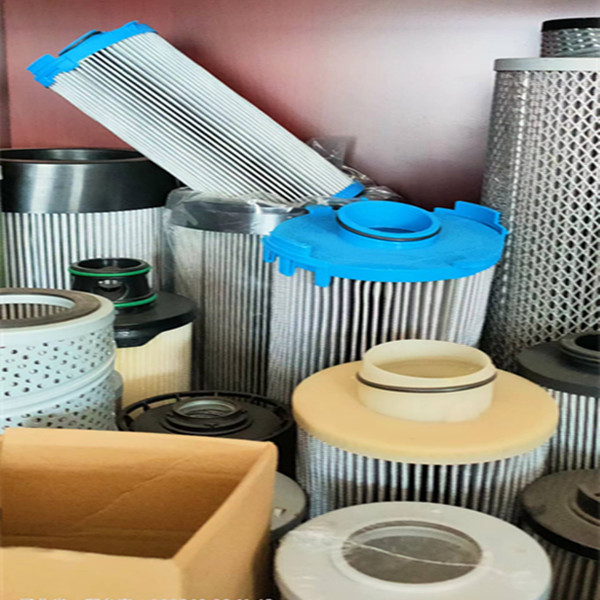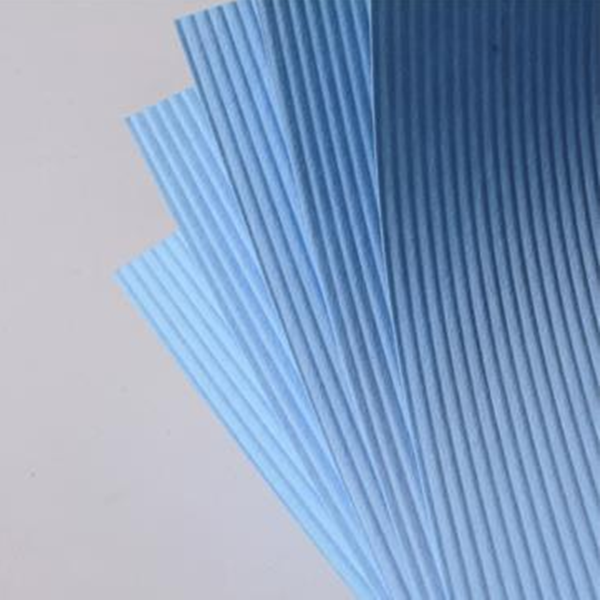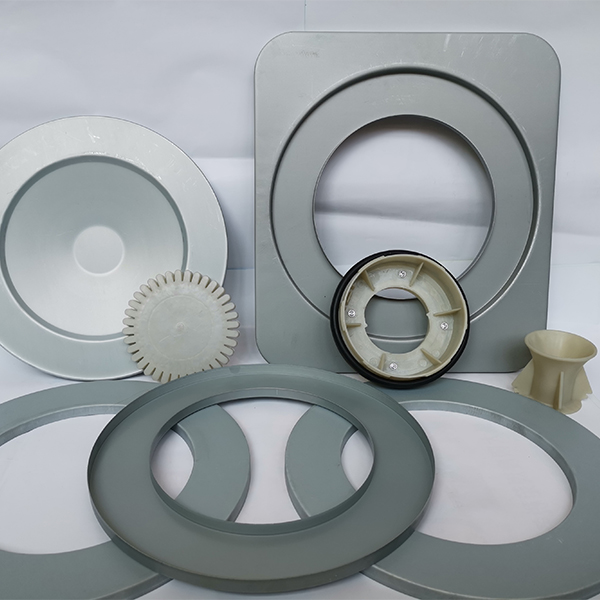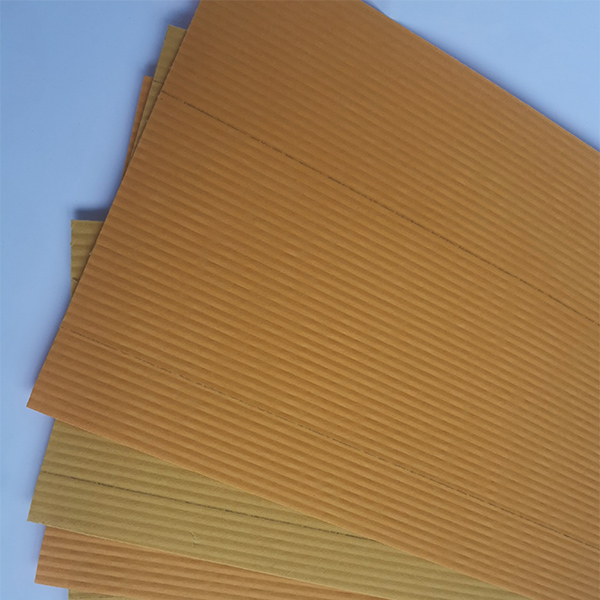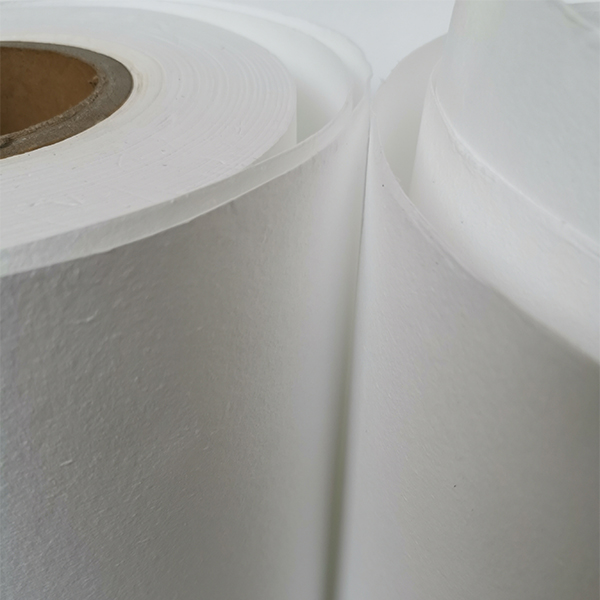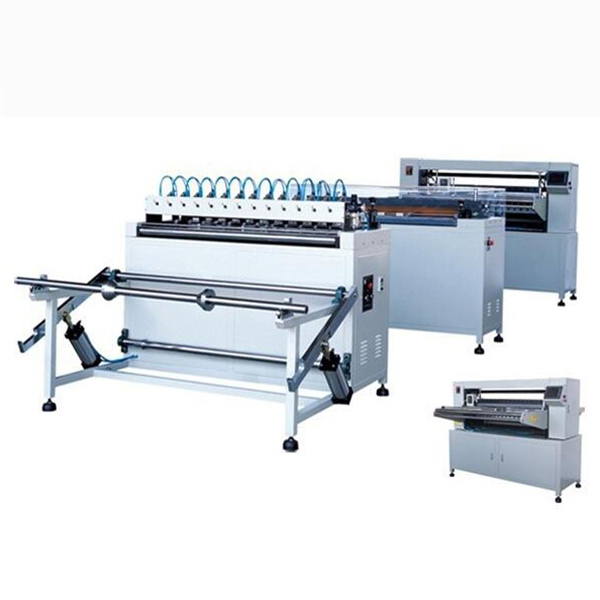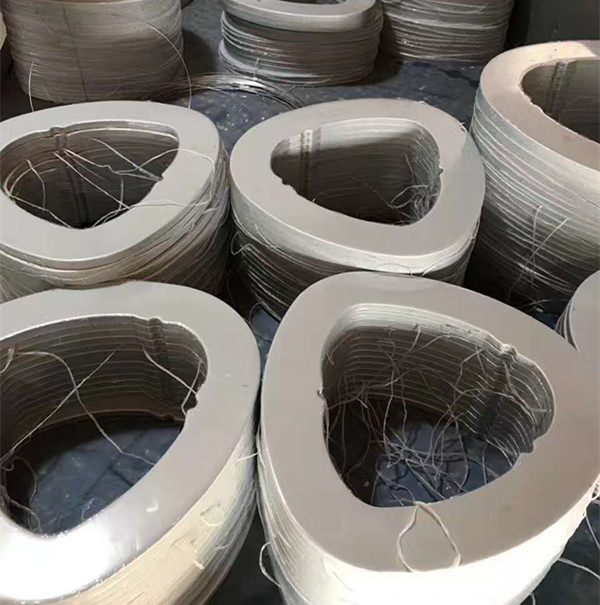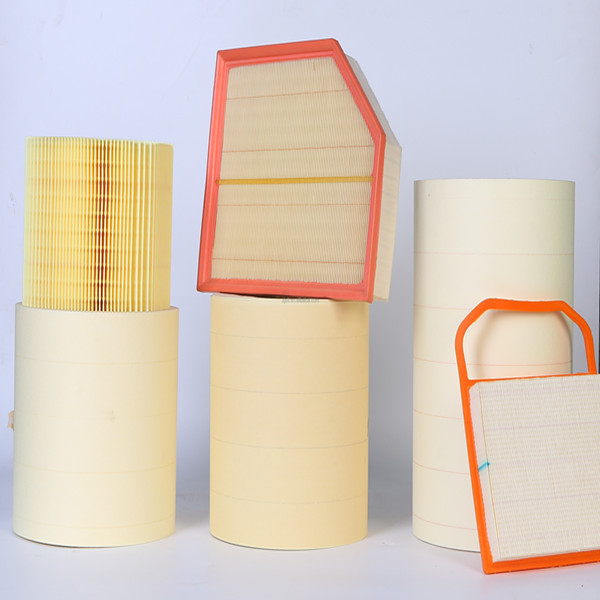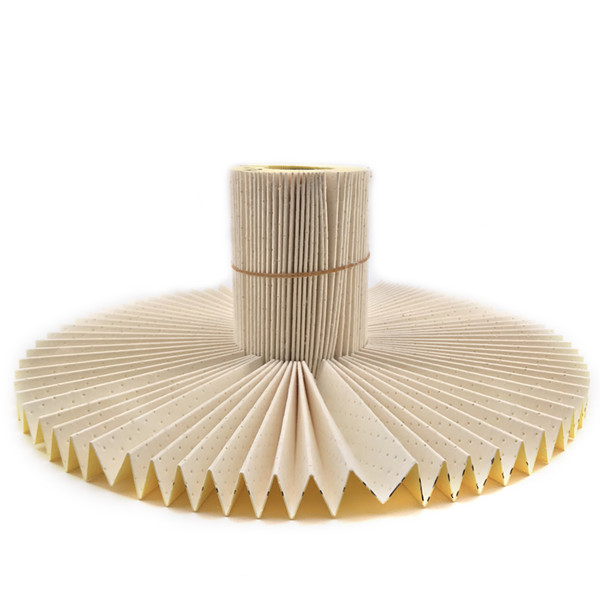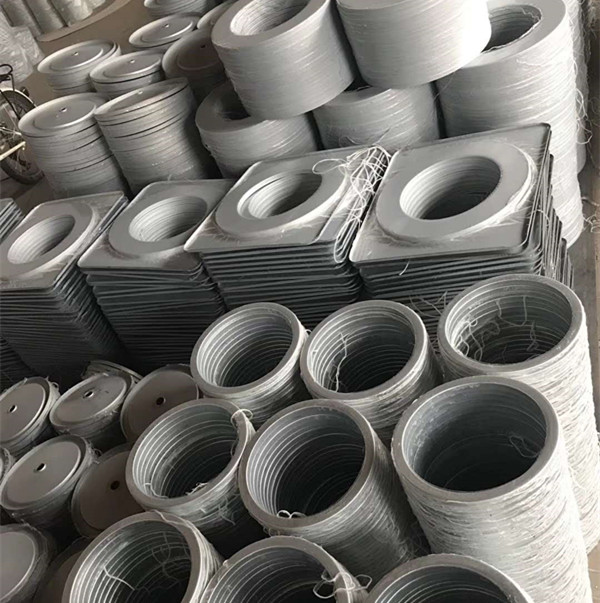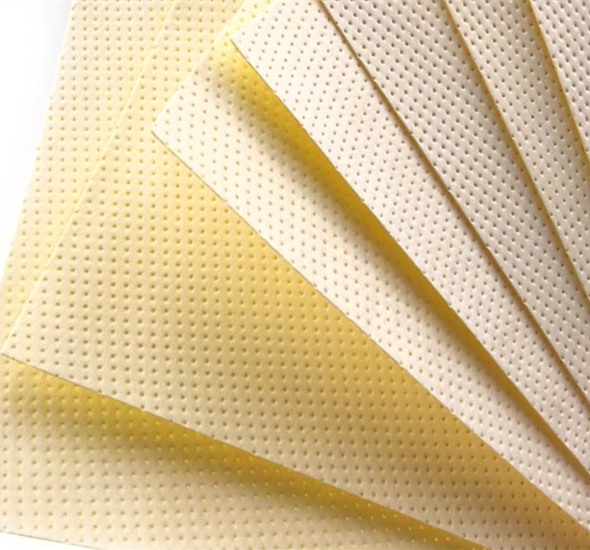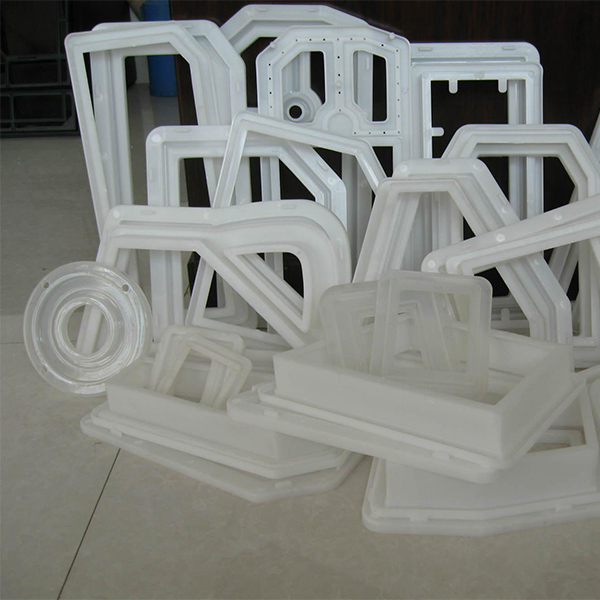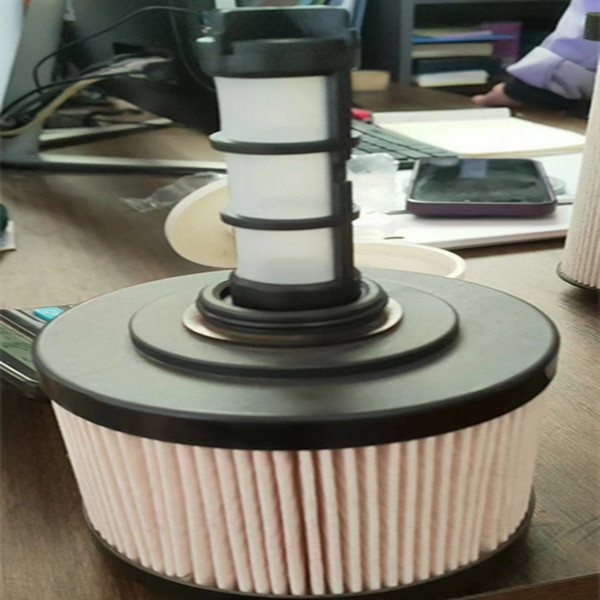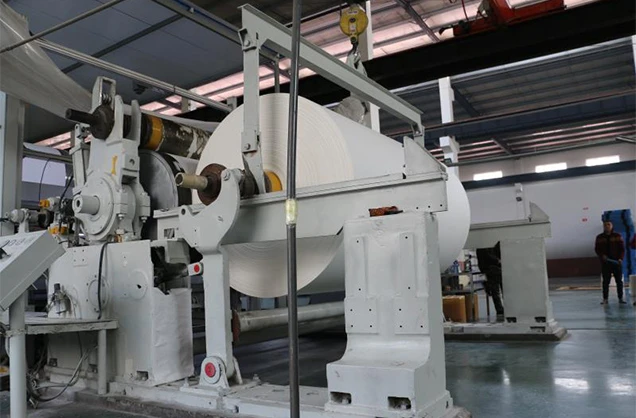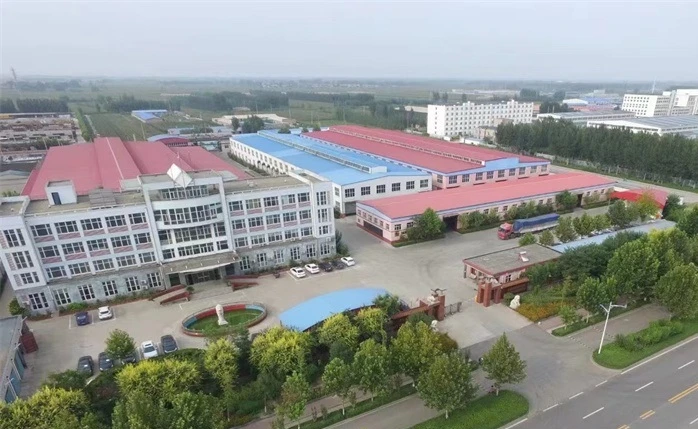In the era of deadly airborne viruses, air purification equipment has now shown various shapes and sizes. At last month’s Consumer Electronics Show CES, the company introduced a new portable air filter device for your bedside, cup holder, table top, meeting room, and even hanging around your neck. Although each of these devices can purify the air, the problem is that none of them can ventilate. Science increasingly shows that if you are serious about stopping the spread of the coronavirus, masks, social distancing and opening windows may do more than expensive electronic purification equipment.
Most air purifier designs use the same basic method. There is a filter and fan. The fan draws in and circulates air through the filter. The filters in these types of equipment are usually made of paper, fiber (usually glass fiber) or some type of net, which allows it to remove contaminants such as dust and pollen well, but cannot remove gas or less. particle. It is important to remember that the work efficiency claimed by the air purifier manufacturer is accurate after laboratory testing, but it is almost impossible to recreate the specific laboratory conditions. The location, installation, flow rate and running time of the purifier will greatly affect its working effect. Ventilation is usually a big problem. After the air is “purified”, the fan circulates it out, but the air is not ventilated to other areas of the space. Therefore, air purifiers often repeatedly purify the same air in their vicinity. The smaller the device, the greater the basic problem.
Kaore tonu te hapori rongoa i te tino mohio e hia nga taputapu horoi hau ka awhina ki te aukati i te horapa o te coronavirus. Karekau he kore ka taea e raatau te awhina i nga hunga mate mate mate a kua whakamahia mo nga tau maha, engari he uaua ake te tarai i nga korero o nga matūriki iti kei roto COVID-19. Kaore he taote e kii ana ka taea e nga taputapu horoi hau kawe te whakaoti i tenei raru. Ka kii nga tohunga ki te mau kanohi kanohi me te noho matara atu i te hapori hei rarangi arai tuatahi. He maamaa ake te whakarite kia kore nga matūriki COVID-19 e uru ki te hau atu i te tātari i muri i te mararatanga. Heoi, ko te nuinga o nga taputapu horoi hau kaore i pa ki tenei ahuatanga.
More useful than filtration is to increase ventilation. Studies have shown that keeping the air “fresh” is one of the best ways to stop diffusion. Known as air change, the rate at which air is completely replaced in a space is a key indicator of the level of symbiosis risk. The more changes in the air, the better. Mayo Clinic professor and researcher Dr. Mark Ereth explained in our recent “Flexible Workplace” report how much air is needed to pass through a room to help eliminate ultrafine particles such as COVID-19. In an office building, there are several times an hour every three to six minutes,” he said. There is evidence that, with the aid of a central ventilation system, air purifiers increase the air exchange rate or volume. But open the windows is also like this.
Kei te hiahia noa koe ki te tuku whakaaro. I roto i te ruma whakahaere, ka hurihia te hau i ia toru ki te ono meneti, i te whare tari, he maha nga wa ka huri i te haora.
“The most important thing to consider when buying an air filter is whether the space you want to use in it already has good ventilation-then the air filter won’t increase too much,” Dr. Shelly Miller, an environmental expert, Colorado An engineer at the University of Boulder told Webmd that his research focuses on the spread of airborne diseases.
Ki te tika, he uaua ki te ako me pehea te whakatuwhera i te matapihi hei huri i te hau. He uaua ki te whakatauira, ki te matapae ranei te rere o te hau i roto i te waahi o roto. Ko te tauira whare pai rawa atu o te ao he uaua ki te whakaoti i te raru o te whakatuwheratanga o te matapihi na te mea he tino uaua te punaha rerenga hau. Ko te whakaheke i te hau o roto kei roto pea te COVID-19 me te hau kore huaketo o waho ka whakaiti i te kukū o te huaketo ki te hau, na reira ka whakaitihia te tupono o te mate. Kei te tohe tonu nga kairangahau ki te mohio he pehea te nui o te hau me tehea momo pai. He iti noa te whakaaetanga i roto i te hapori rongoa.
Columbia University virologist Angela Rasmussen told Vox: “There is no perfect “safe” level of ventilation because we actually don’t know what “safe” is because we don’t know how much exposure will cause spread.”
Ko te kore e whiwhi i nga whakautu katoa ehara i te mea pai, engari he pai ke atu i te kii kei a koe nga whakautu. Ko te noho pono mo nga mea ka pai, kaore ranei e whai hua ka awhina i nga tangata ki te whiriwhiri pai ake mo te noho haumaru. Pērā i te maha o nga upoko e pa ana ki te para o te rangi, kaore nga mahunga e mahi. I te mea pai, ka pohehe ratou mo te ahua o te haumaru. I roto i te keehi kino rawa atu, ka taea e nga katote, nga kaihanga plasma me nga hiko hiko te whakaputa kino pai. Ka utaina e enei taputapu nga matūriki kia piri ki te mata, kaua e maanu i te rangi, na reira ka puta te ozone hei hua.
ASHRAE, a professional association that specializes in setting standards for ventilation and air-conditioning, said that when using equipment that may generate large amounts of ozone (respiratory tract irritant) as a by-product of its operation, “must be extra careful.” HEPA and ASHRAE recommend avoiding the use of any air purification devices that produce ozone as a by-product of cleaning indoor air in living spaces.
Ko nga tikanga pai mo te hau ma e huri ana i te hau. I roto i te tari hou, kaore pea e taea te whakatuwhera i nga matapihi mo nga take maha. Ko te tikanga, kaore e taea te whakatuwhera i nga matapihi. I tenei keehi, ka taea e koe te whakarite i te whakamahi i nga taputapu tātari rangi-kounga teitei. I te mea karekau te filtration hau kore-ozone e whakaputa i nga paanga taha kino, ko nga ngoikoretanga anake o nga taputapu tātari hau kawe he utu me te haruru. Ko te tere whakawhiti hau ma (CADR) o tetahi taputapu e whakaatu ana ki a koe te nuinga o tona whai huatanga. Ka whai whakaaro tenei whakatauranga ki te kaha o te tātari me te kaha o te powhiriwhiri ki te whakatau i te nui o te hau e rere ana i roto i te tātari. Ko te teitei ake o te CADR, ka nui ake te waahi purenga. Ko te hoko i nga taputapu tika ko te whakatau i te rahi o te ruma tika. Kia maumahara, ko te nui ake o te taputapu, ka kaha ake te hurihanga o te pomaihi i te hau, ka kaha ake te tangi. I roto i te taiao tari, me whakaaro kia nui te ngangau. Ka timata te utu o te para rangi HEPA kounga teitei i te tata ki te $200, ka piki ake te utu i te pikinga o te taumata CADR. Ko etahi taangata ka hanga i a raatau ake horoi hau ma te here i nga whiriwhiringa MERV ki nga kaiwhaiwhai pouaka mo te iti iho i te $30.
I te wa e pa ana ki nga taputapu me nga whakaritenga hauora, he mea nui tonu te wehe i te meka mai i nga korero pakiwaitara me te whai hua mai i te hokohoko. Ko nga kaihanga hua e tumanako ana ki te whai hua mai i te tono nui mo nga taputapu whakaiti COVID-19 kua waipuke te maakete me nga taputapu horoi hau kawe. E whakapono ana nga tohunga ko nga taputapu kounga teitei e kore e kino. He pono ka taea te hanga i nga taputapu horoi hau ma te whakapau rau, tae noa ki nga mano taara mo nga taputapu horoi hau, engari kaore pea tatou e mohio e hia. Ko te whakautu pai ake ko te mau i te kanohi kanohi, a ki te taea, whakatuwheratia te matapihi.
Ka whakamarama, ka whakatauhia e Propmodo nga ahuatanga mo nga tohunga ngaio hoko whare ma te whakakotahi i nga purongo, rangahau, huihuinga me nga ratonga hokohoko.
• We believe that the future will be defined by leaders who understand the general environment of the real estate industry.
• We believe that the commercial future of real estate lies at the intersection of technology and marketing.
• We believe that the creative future of real estate lies in the intersection of user experience and design.
Wā tuku: Maehe-16-2021

